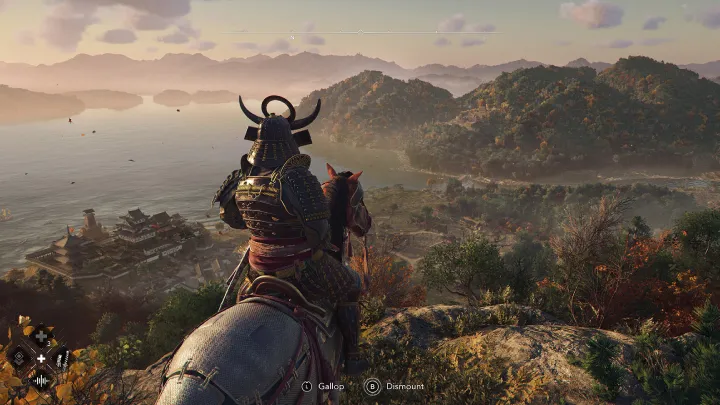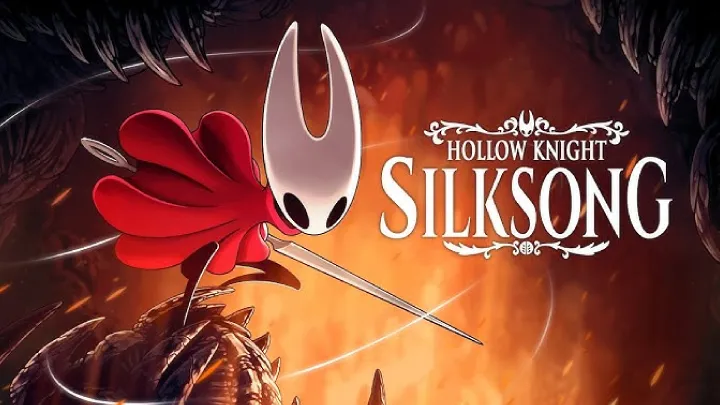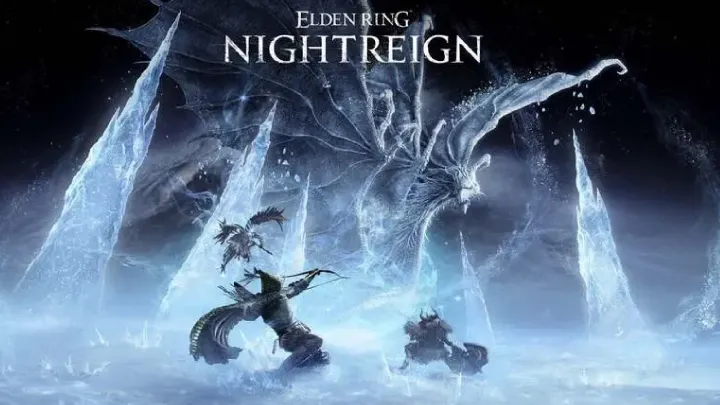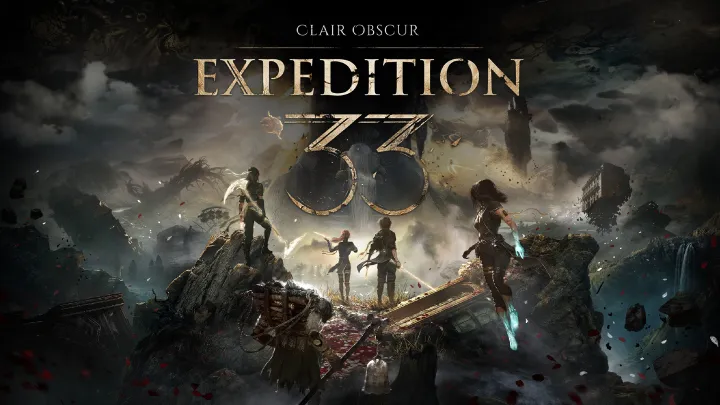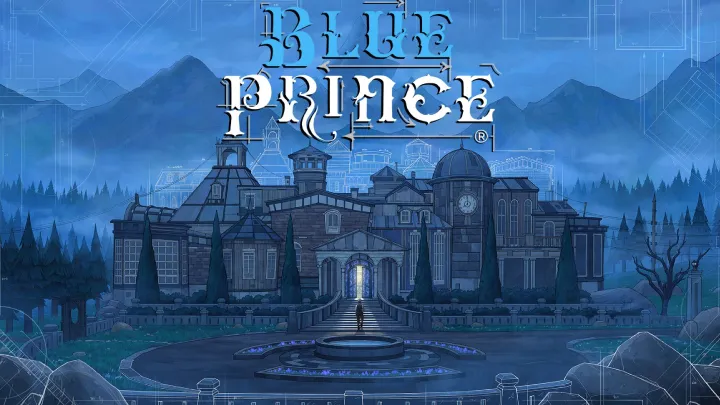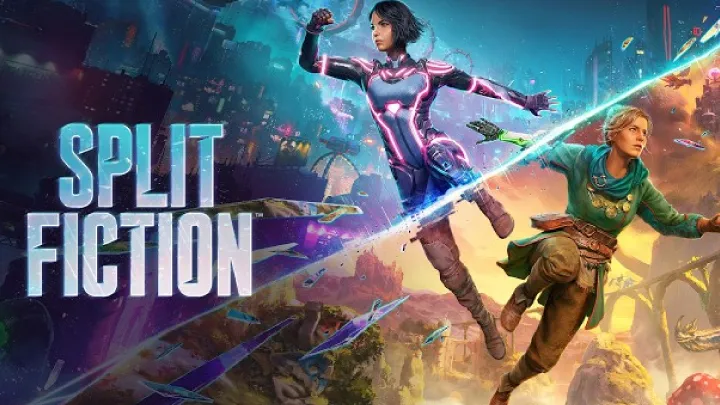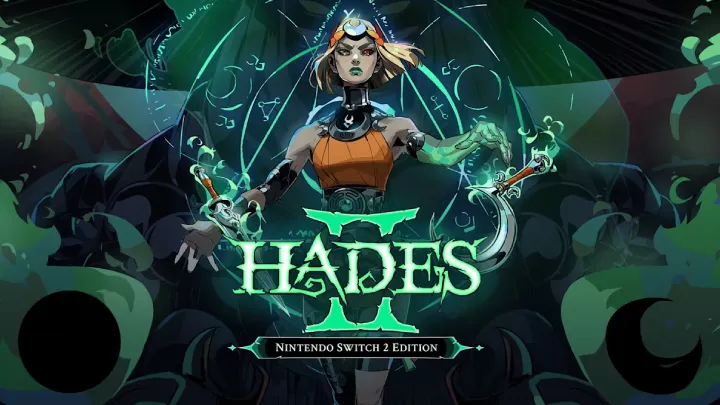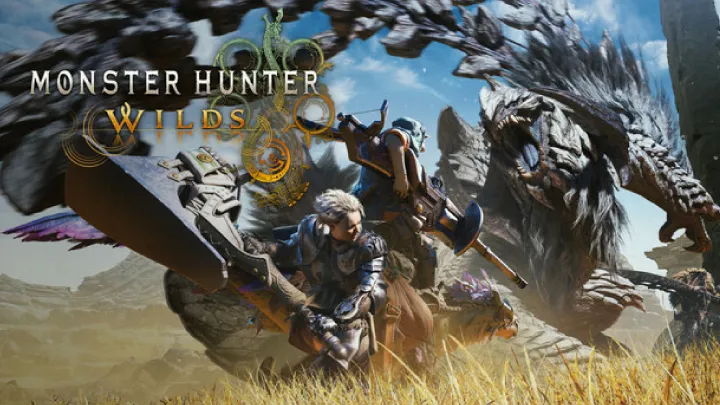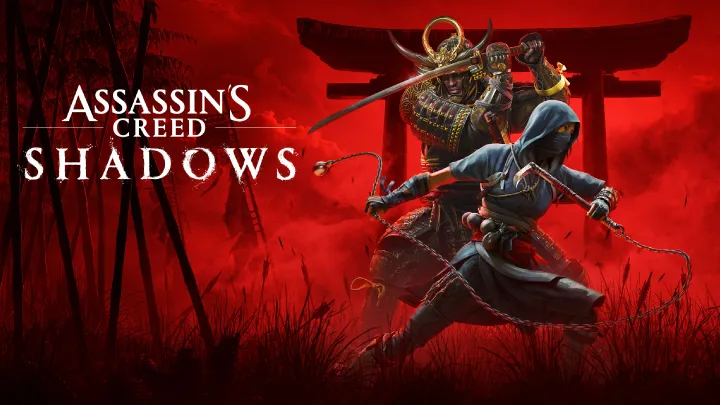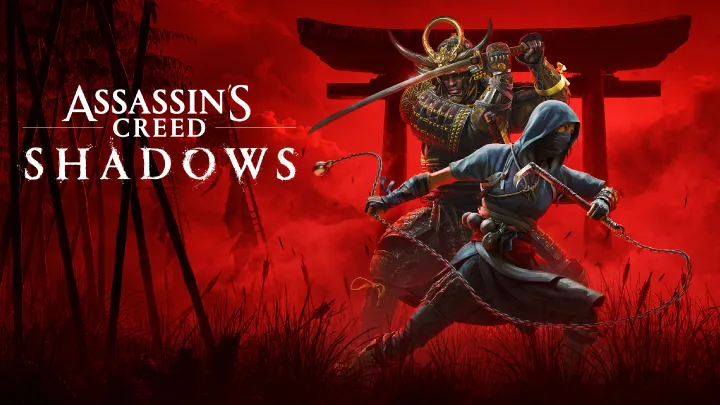 Introduction
Introduction
When Ubisoft announced Assassin’s Creed Shadows, the gaming world erupted with excitement. After years of anticipation, fans would finally step into Feudal Japan, a setting long requested by the community. Yet what made Shadows stand out wasn’t just its backdrop — it was its dual-protagonist system: Naoe, a female shinobi of the Assassin order, and Yasuke, a Black samurai based on a real historical figure.
However, this creative decision presented one of Ubisoft’s biggest design challenges to date: how to balance two radically different characters — in combat style, worldview, and narrative weight — while maintaining emotional and thematic coherence.
This article explores that challenge in depth, from narrative design to gameplay structure, from cultural representation to philosophical meaning.
1. The Legacy of Dual Protagonists in Assassin’s Creed
Before Shadows, Ubisoft had already experimented with dual heroes in Assassin’s Creed Syndicate (2015) through the Frye twins — Jacob and Evie. The idea was fresh, but in execution, Evie felt overshadowed, with the story largely revolving around Jacob. Ubisoft learned a key lesson: having two characters is easy; balancing their importance is not.
With Shadows, Ubisoft Quebec aimed to evolve this idea. The team created a “contextual switch” system, letting players freely alternate between Naoe and Yasuke, each excelling in different mission types. Naoe thrives in stealth and infiltration, while Yasuke dominates in open combat and large-scale battles.
But this dynamic swapping also raised a core issue: constant perspective changes can risk disrupting narrative flow if not handled with precision.
2. Sengoku Japan – The Perfect Stage for Duality
The 16th century was a chaotic era in Japan, known as the Sengoku Jidai, when feudal lords (daimyo) waged endless wars for power. This era naturally embodies conflict between order and chaos, loyalty and rebellion — the thematic pillars of Assassin’s Creed.
Yasuke, an outsider who became a samurai, symbolizes change and displacement, while Naoe, a ninja from within Japan’s rigid system, represents tradition and resistance.
Through them, Ubisoft captures two conflicting yet complementary aspects of Japanese society: the warrior of honor and the rebel of shadows. But balancing these narratives is difficult — too much focus on one can make the game feel like two separate stories stitched together, rather than two sides of the same historical tragedy.
3. Ideological Conflict – From Gameplay to Philosophy
At its heart, Shadows explores the clash between two moral systems.
Naoe believes in freedom — in dismantling oppression through secrecy and cunning. Yasuke values honor and loyalty — the guiding virtues of the samurai.
This ideological conflict drives both story and gameplay. Players are not just switching combat styles; they’re switching worldviews. Yet this can create emotional imbalance. Many might empathize more with one character’s philosophy, making the other feel secondary.
This mirrors the issue from Syndicate: Evie represented control and stealth (“yin”), while Jacob represented chaos and aggression (“yang”). In Shadows, Ubisoft’s challenge is to make both Naoe and Yasuke emotionally indispensable, ensuring one’s story feels incomplete without the other’s.
4. Opposing Gameplay – Diversity or Disconnection?
From a gameplay perspective, Shadows excels in contrast. Yasuke’s gameplay is heavy and direct — breaking through enemy lines, deflecting arrows, and clashing steel. Naoe’s gameplay is silent and meticulous — hiding in rooftops, vanishing in the dark, striking unseen.
This duality offers immense variety and replayability. Yet the risk lies in rhythm disruption. When players transition from Naoe’s slow, methodical stealth missions to Yasuke’s loud, cinematic battles, the emotional pacing can break if transitions aren’t seamless.
To mitigate this, Ubisoft introduced an adaptive mission flow system, allowing each mission to be completed using either character, with story consequences that feel organic. Thus, players can express their playstyle without compromising narrative logic — a subtle but vital advancement for immersion.
5. Cultural Representation and the Power of Difference
The inclusion of Yasuke — a historical African man who became a samurai — was both bold and controversial. Some Japanese fans worried it might distort the country’s history. Ubisoft’s response was clear: Yasuke and Naoe represent two sides of a single message — the struggle of those who don’t belong.
Yasuke’s journey embodies the outsider seeking acceptance, while Naoe’s arc reflects the insider rebelling against the system. Their parallel experiences transform Shadows from a simple historical fiction into a nuanced exploration of identity, belonging, and resistance.
By merging these two figures, Ubisoft not only respects history but reframes it, showing that even in a rigid society, diversity and empathy can coexist.
6. The World of Shadows – When Light and Darkness Tell the Same Story
Shadows leverages cutting-edge dynamic lighting technology to make light itself part of the narrative. Weather, illumination, and time of day don’t just affect visibility — they reflect the characters’ inner worlds.
Naoe thrives under the cover of darkness, amid rain and whispers. Yasuke, by contrast, shines in daylight — in blazing fields and burning castles. The environment mirrors their ideologies: secrecy versus visibility, silence versus honor.
Even the soundscape reinforces this. When playing as Naoe, you hear quiet footsteps, dripping rain, and the tension of breath. As Yasuke, the world resonates with war drums, clashing swords, and battle cries. The contrast in audiovisual storytelling ensures each perspective feels like a complete artistic experience.
7. Artificial Intelligence and the Reactive World
One of Shadows’ biggest breakthroughs is its AI behavior system. Enemies and civilians react differently depending on which protagonist you control. Yasuke’s towering presence instills fear — guards back away, peasants bow. Naoe’s subtlety breeds paranoia — soldiers light torches, whisper suspicions, and scour the shadows.
This isn’t just cosmetic. Ubisoft designed a dynamic reputation system, where every action affects how society perceives you. If Yasuke breaks samurai codes, allies may turn cold. If Naoe helps villagers, they might hide her from patrols later.
This evolving ecosystem makes the world feel alive, turning every decision — even minor ones — into meaningful expressions of character identity.
8. Sound and Emotion – Two Melodies, One Soul
Ubisoft’s commitment to musical storytelling shines in Shadows. Each protagonist has a unique musical theme. Naoe’s features shakuhachi flutes, subtle drums, and melancholic tones reflecting secrecy and inner turmoil. Yasuke’s theme incorporates powerful taiko drums with African rhythmic motifs — a fusion symbolizing cultural intersection.
When both characters appear together, their themes blend — sometimes dissonant, sometimes harmonious — mirroring their evolving relationship.
Music here is more than ambiance. It is emotional subtext, guiding players through the moral convergence of two opposites. When the music unites, it signals that Yasuke and Naoe have transcended ideology, finding shared humanity.
9. The Emotional Climax – When Shadow and Light Become One
The narrative’s emotional peak comes when Yasuke and Naoe must unite against the ambitions of Oda Nobunaga, the legendary warlord aiming to unify Japan through bloodshed.
Their alliance isn’t born from friendship but necessity — and through that necessity, understanding. Yasuke fights for honor, Naoe for freedom. Their final battle reveals a profound truth: freedom and honor aren’t opposites; they are complementary forces.
This moment echoes the thematic climax of earlier entries like Ezio’s confrontation with Rodrigo Borgia — but it carries deeper philosophical weight. Shadows doesn’t end in simple victory or defeat; it ends in reconciliation of duality — a theme both universal and timeless.
10. Conclusion – The Art of Balance
Assassin’s Creed Shadows represents Ubisoft’s most ambitious narrative experiment in years — a quest to unite diversity under one cohesive vision. Two protagonists, two ideologies, two playstyles — yet one story about the human need for purpose and connection.
The game’s success will not be measured only by sales or graphics, but by whether players truly empathize with both heroes — not just as game avatars, but as philosophical equals.
If Ubisoft succeeds, Shadows will not merely be another historical installment — it will stand as a turning point in interactive storytelling, proving that duality can coexist without conflict.
In the end, Assassin’s Creed Shadows reminds us:
“Freedom isn’t only found in the dark — sometimes, it takes stepping into the light to claim it.”








